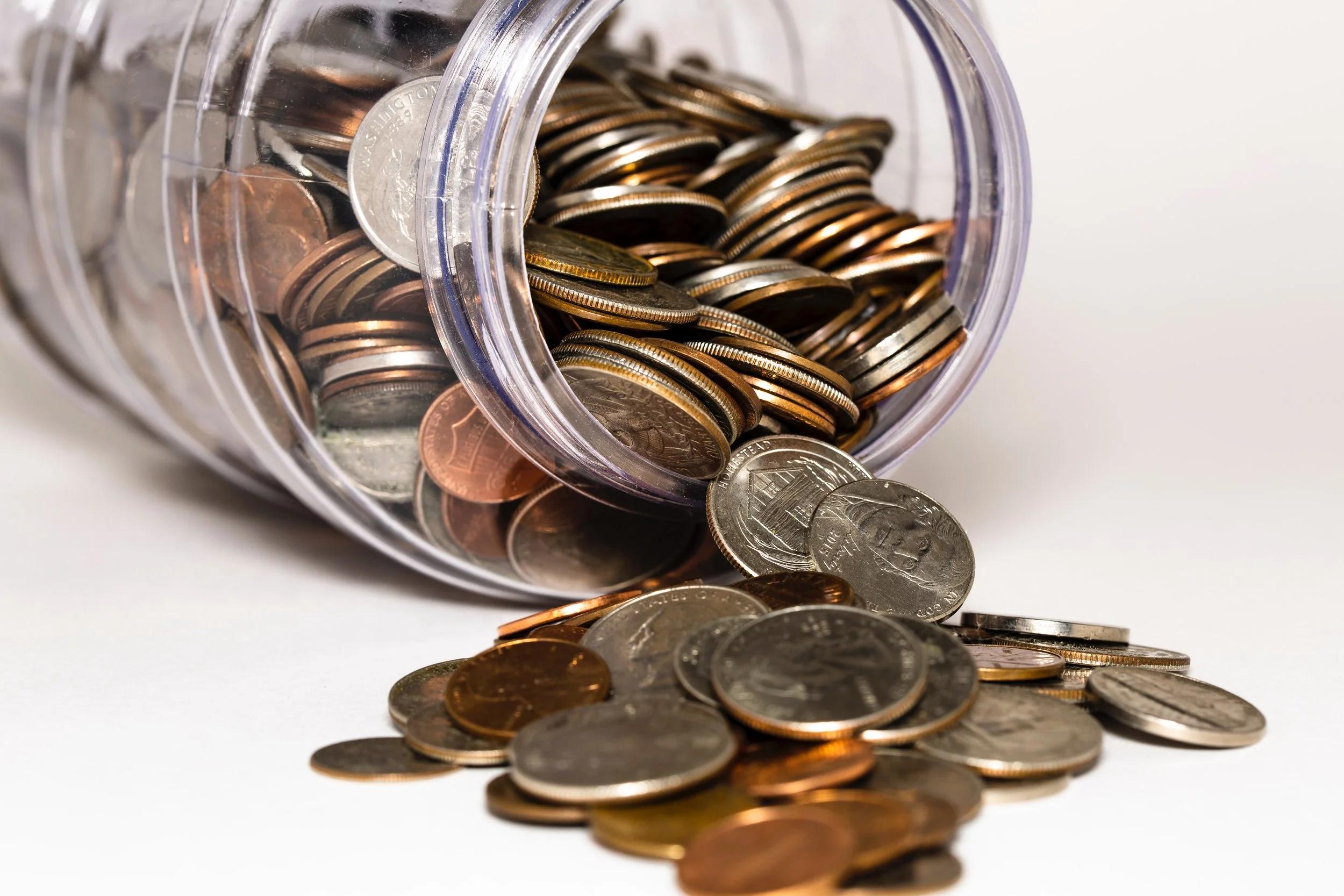The question on tax free income is always a recurring question we get in everyday practice. This is one of the most exciting Tax techniques used to provide a shareholder of a corporation access to Personal tax free money. The key here is personal tax savings! So let’s get into this.
Let’s say that John Smith has ran his small business with average revenues of $480,000 a year and he pays himself $100,000 a year. He’s now thinking of exiting the business to retire and enjoy other things in his life. There’s a buyer named Andrew in the market who is willing to pay $1,000,000 for John’s corporation. If John sells the shares of his small corporation to Andrew he will have been deemed to have a Capital Gain on the sale of his shares. Assuming John built the company from scratch and the adjusted cost base was $0 the total gain would be the $1,000,000.
Capital gain is basically the government’s way of taxing income which comes from the sale of assets or shares. In this case John has sold his shares and he will be taxed under the Capital gain tax. The great thing about the Capital gain tax is that it’s 50% tax free so that means that of the $1,000,000 only $500,000 of that cash will be taxable for the capital gain tax and let’s assume that $200,000 will be the capital gain tax amount. Once this tax has been paid by the corporation the rest of the money sitting in the corporation would be $800,000.
Maneuvering the left over money in the corporation to John is a tricky task. One of the best ways to take the money out tax free would be to use the Capital Dividend Account or referred to as the CDA account. This account allows a shareholder to not be double taxed when the funds are transferred to the shareholder personally.
Your accountant will calculate the CDA account for you which is a quite involved exercise. Next this calculation will be confirmed by the CRA for the CDA account. This part particularly takes a long time as the CRA are very slow at confirming balances which is usually 6-8 months time. Once the CRA confirms the total CDA balance, your Accountant would file a form referred to as the T2054 declaring the dividend being paid to be a capital dividend. This step is critical to get right as the penalties are punitive.
Penalties for getting the above wrong is highly punitive in nature. If you over reach on the CDA the CRA will assess 60% of the excessive amount declared to be the penalty. So if you miscalculated by $100,000 than the total penalty will be $60,000. As you can imagine trying this at home is not recommended and you should always reach out to your Trusted Tax advisor to discuss this strategy.
The exciting piece of this entire strategy is that John gets to take the $800,000 of money tax free to his personal bank account by only having to pay the $200,000 in corporate taxes he completely bypasses the personal tax. Now, John can invest his $800,000 in different securities that give him a return of 8 to 10% resulting in a net taxable income of $80,000 to $100,000 which matches the initial money he was taking out of the business in the first place minus all the work involved.
Remember the goal isn’t how much money you make in your business it’s how much you keep from the tax man. Legally of course!
Contact your Accountants today click on this link —> https://capexcpa.com/contact
- The Capex Team

